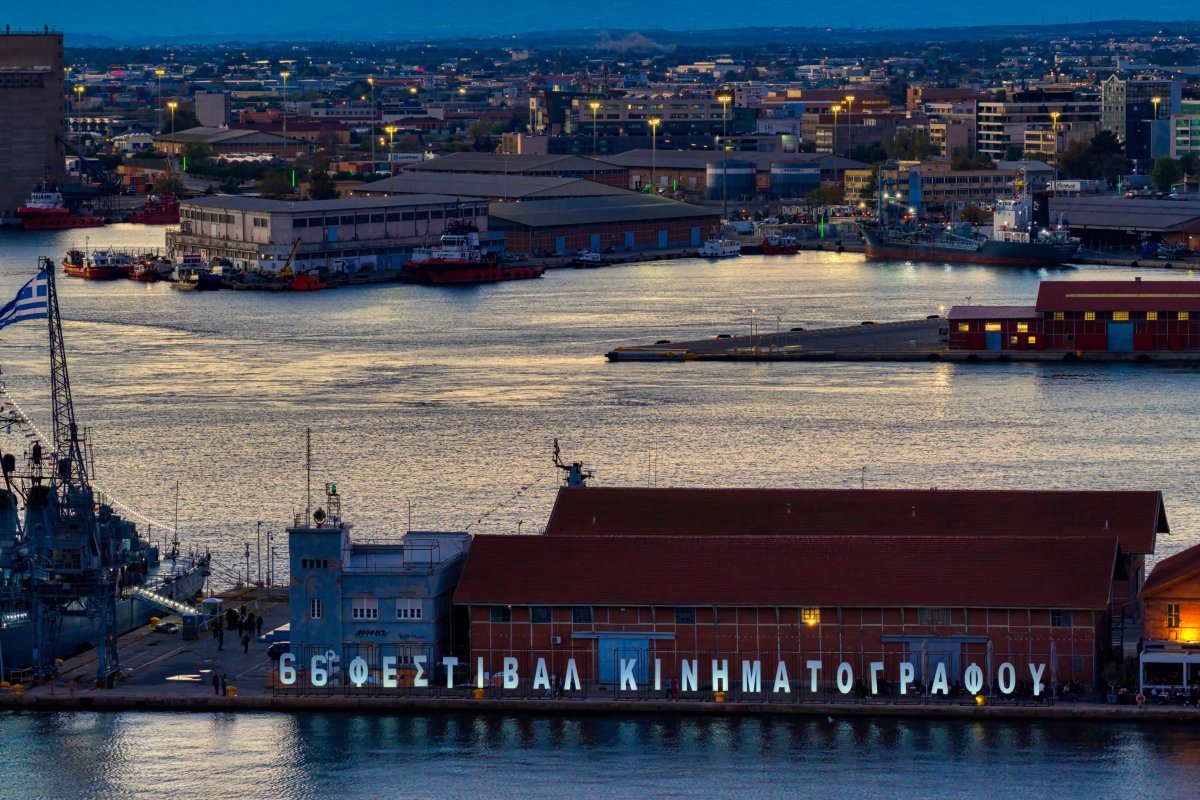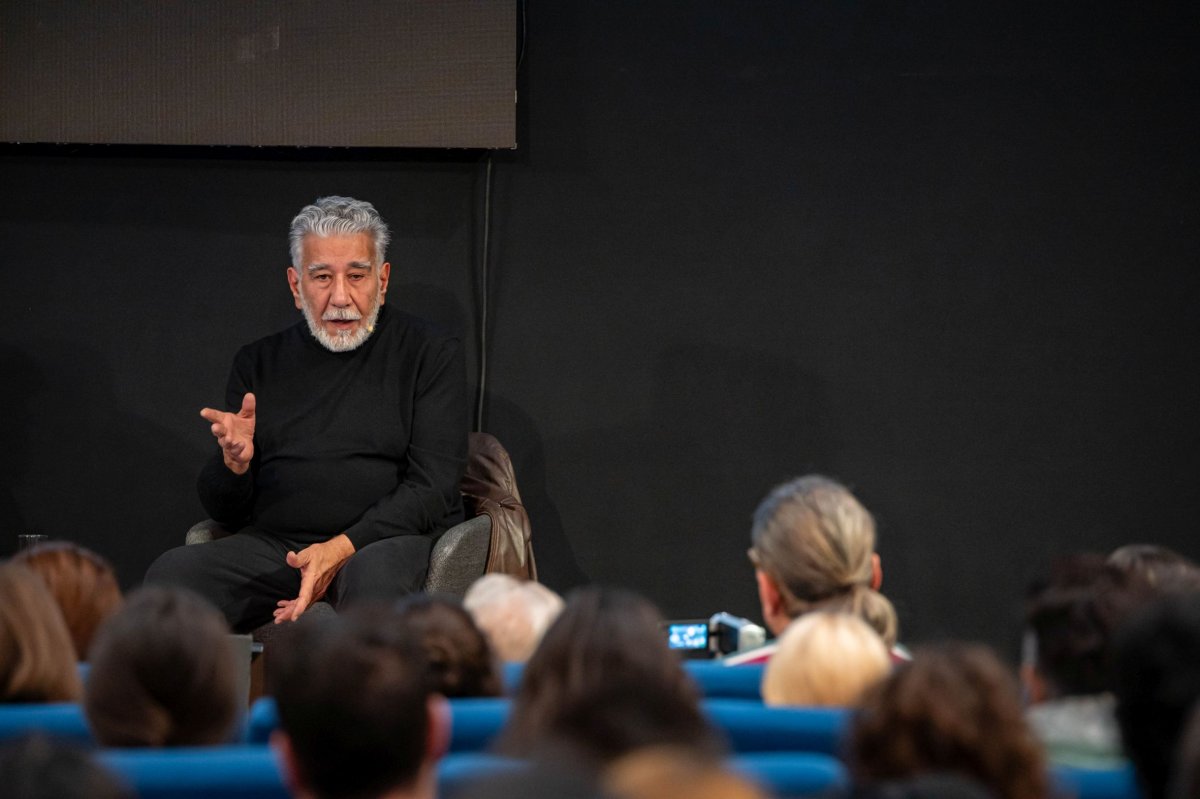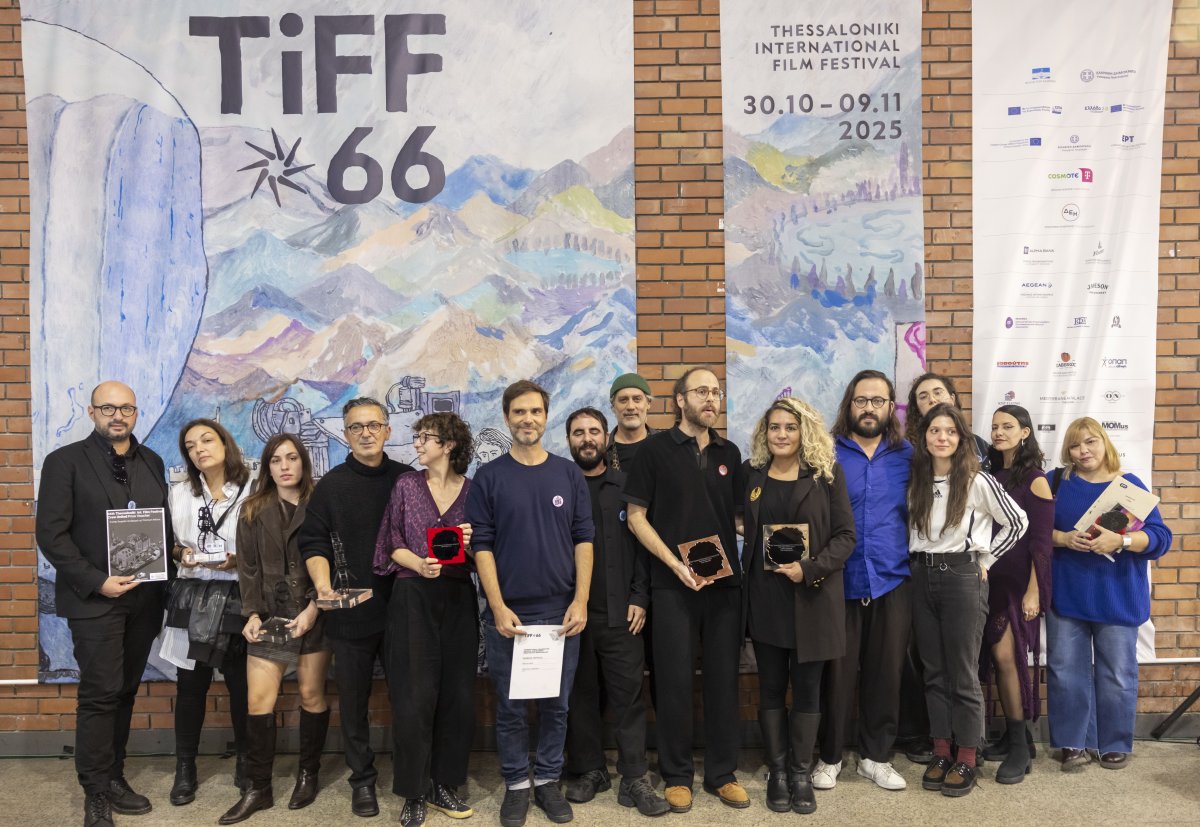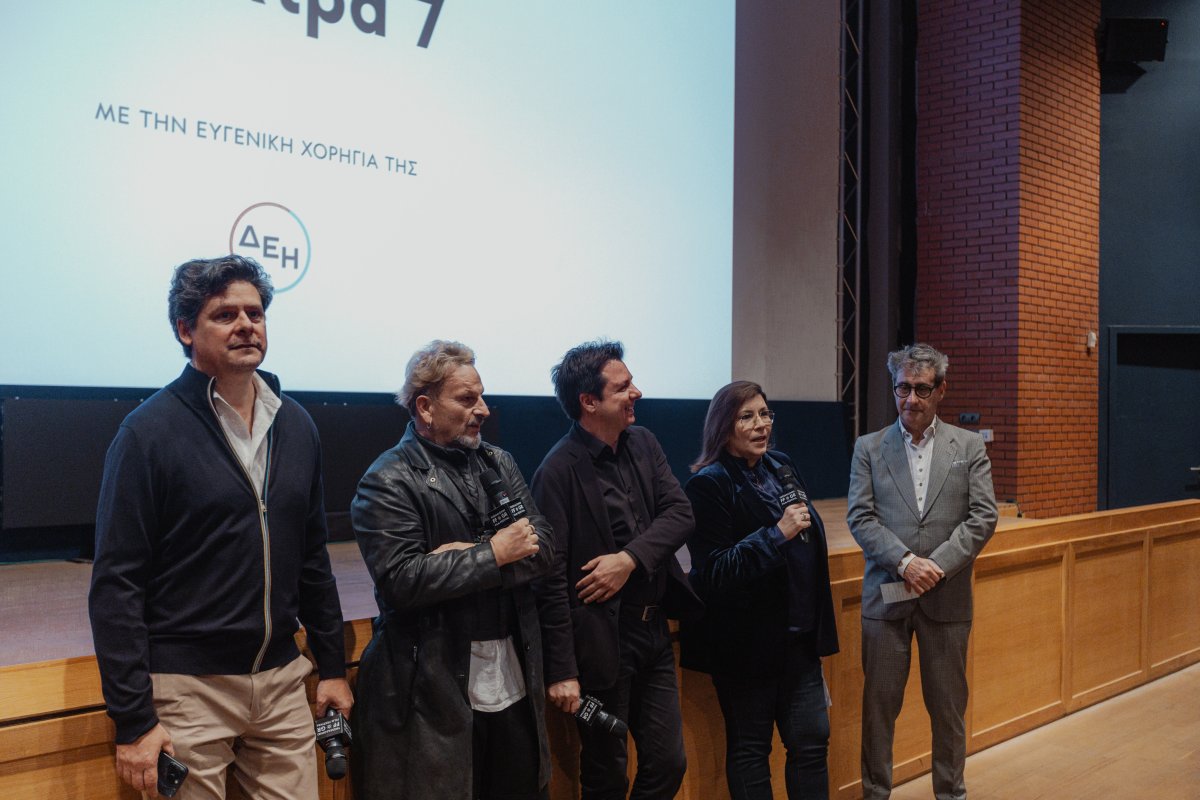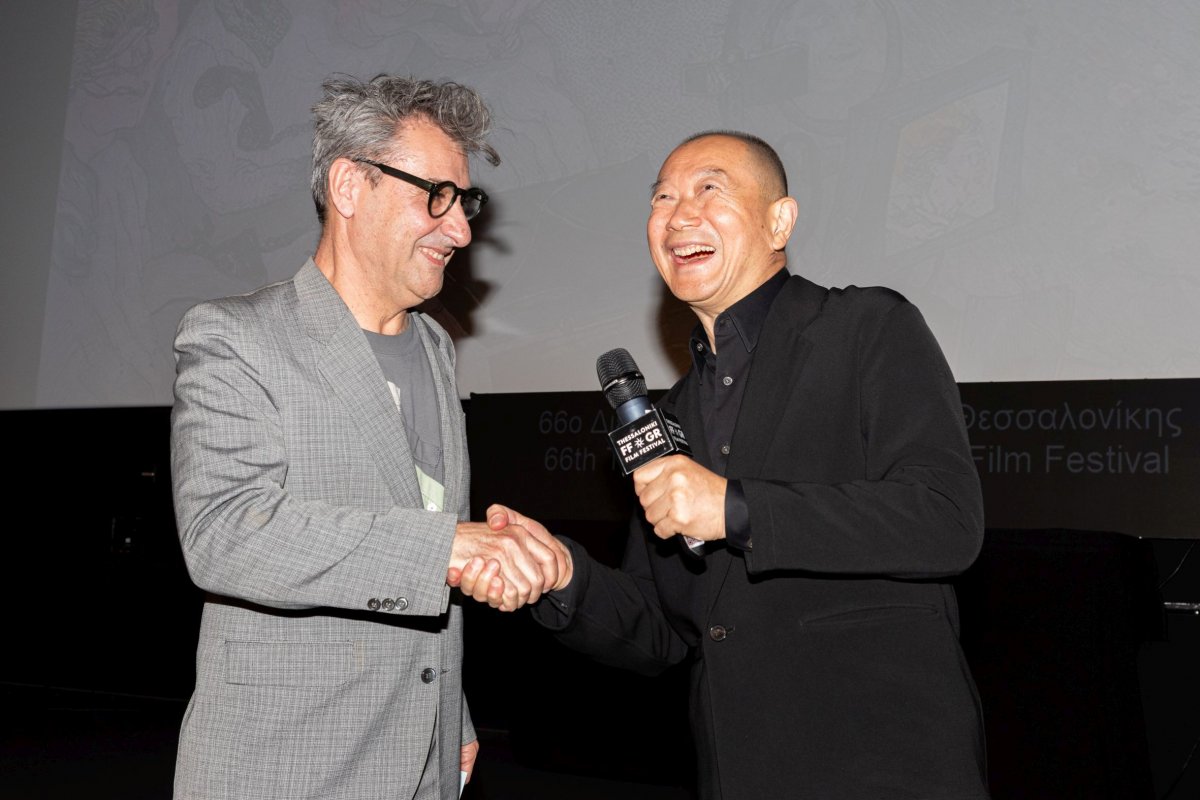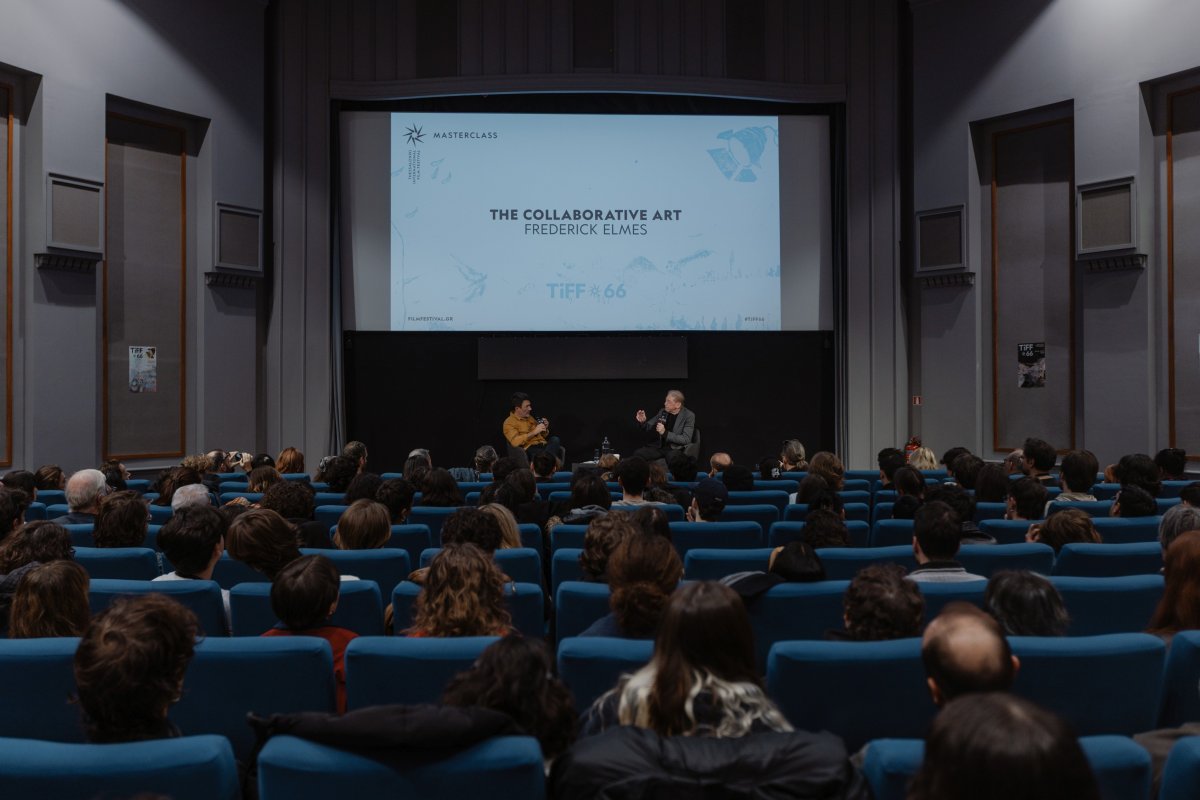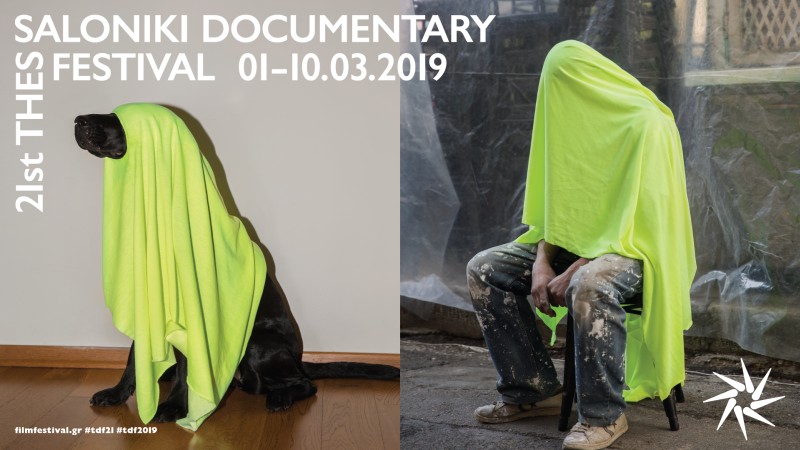Vampyr
Vampyr
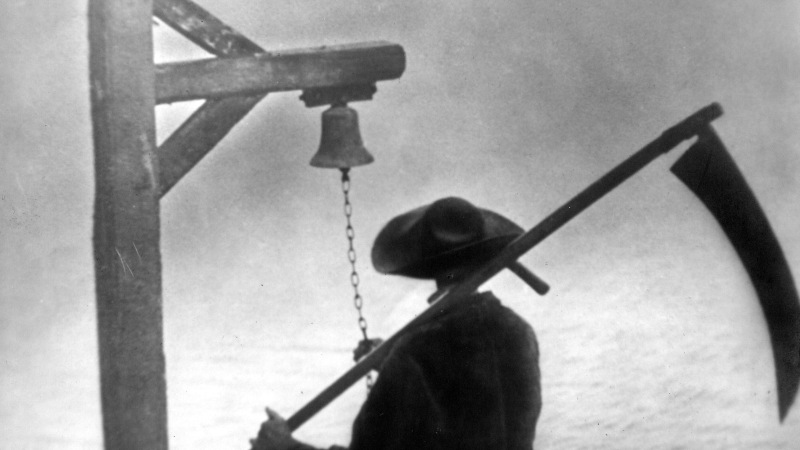
Screening Schedule
|
No physical screenings scheduled. |
- Direction: Carl Dreyer
- Script: Carl Th. Dreyer, Christen Jul, freely adapted from the short story “Carmilla” by Sheridan le Fanu
- Cinematography: Rudolph Maté
- Editing: Tonka Taldy
- Sound: Hans Bittmann, Paul Falkenberg
- Music: Wolfgang Zeller
- Actors: Julian West, Henriette Gerard, Jan Hieronimko, Maurice Schutz, Rena Mandel, Sybille Schmitz, Albert Bras, N. Babanini, Jane Mora, George Boidin
- Production: Film-Production Carl Dreyer
- Production Design: Hermann Warm
- Sets: César Silvagni
- Format: DCP
- Color: B/W
- Production Country: France, Germany
- Production Year: 1932
- Duration: 73'
- Contact: Danish Film Institute
Carl Dreyer
Danish director Carl Th. Dreyer is world-famous for his films on passion and compassion. Emphatic depictions of religion and especially women’s destiny in societies ruled by men run throughout his work. Meanwhile, a special form of realism, in which minor facial expressions are more important than larger spatial movements, inspires philosophical readings that transgress the time of production. Dreyer was born in Copenhagen in 1889. He started his career as a journalist, and he then went on to direct fourteen feature films and eight short films in Denmark and France. His films show strong compassion for the injustices done to women, but his oppressed heroines, often outcasts in society, demonstrate spiritual supremacy, empathy, and (often religious) faith. He is famous for meticulously drawing each frame before each shoot and for his daringly modern film style. In his silent masterpiece The Passion of Joan of Arc (1928), the close-ups of actress Renée Jeanne Falconetti’s frank face give a palpable, tactile, or ‘haptic’ depiction of the saint’s spiritual passion in contrast to the spitefulness characterizing her judges. Another film that reached larger audiences than The Passion of Joan of Arc is the short They Reached the Ferry (1948) about a couple’s speedy ride on a motor bike. Their fast drive in a jazzy style through the Danish landscape is destined to end abruptly – with transportation in coffins. Ordet (1955) illustrates “filmic transcendence” as Inger (Birgitte Federspiel) is woken from the dead by her daughter’s faith and by St. John’s “and the word became flesh.” In Day of Wrath (1943), Dreyer studied the lack of emotions and the possibility of supernatural transfer in human relations within the context of witch hunts; and in Vampyr (1932), an almost surreal description of insanity and vanishing subjectivity gives credence to virtual, philosophical powers. His last film, Gertrud (1964), explores the reality and significance of grandiose emotions in individual life. Dreyer died in Copenhagen in 1968.
Filmography
1922 Love One Another
1925 Master of the House
1928 The Passion of Joan of Arc
1932 Vampyr
1943 Day of Wrath
1955 The Word
1964 Gertrud
1925 Master of the House
1928 The Passion of Joan of Arc
1932 Vampyr
1943 Day of Wrath
1955 The Word
1964 Gertrud




